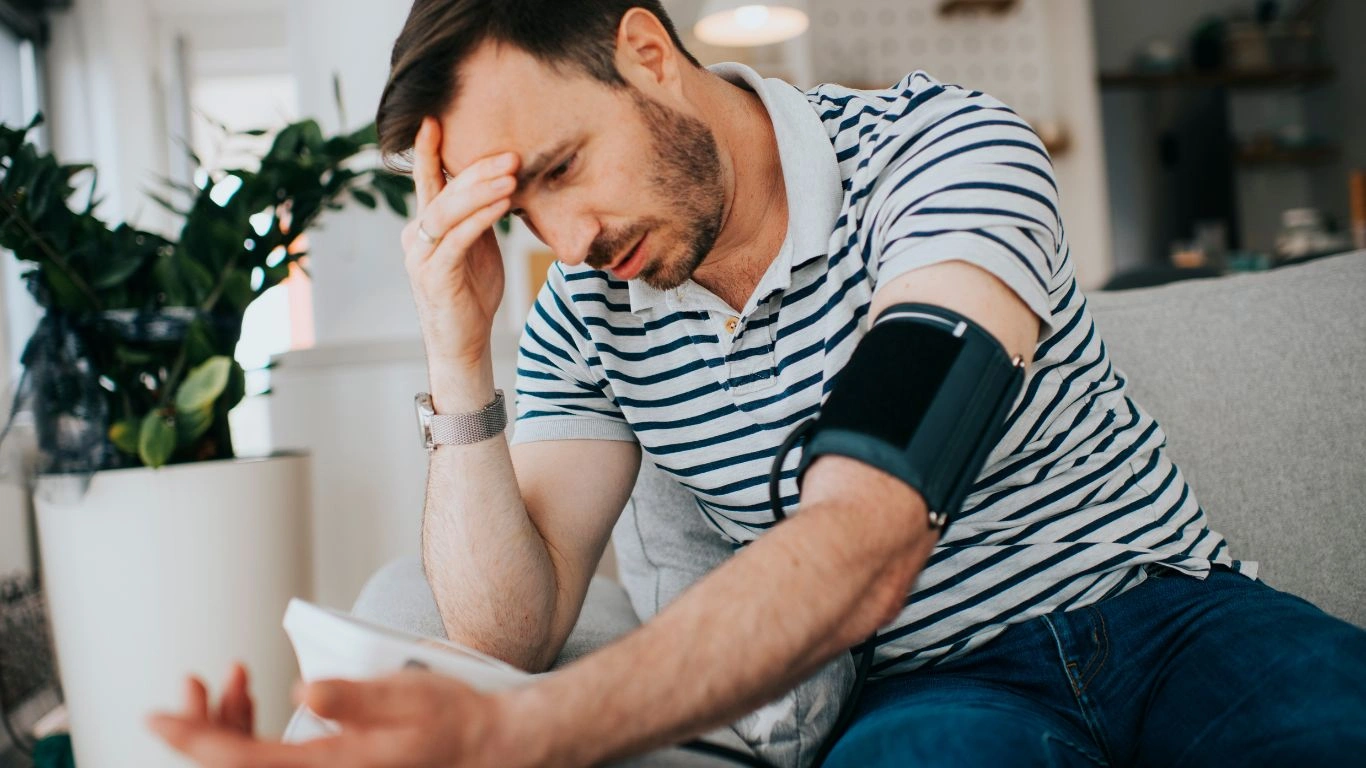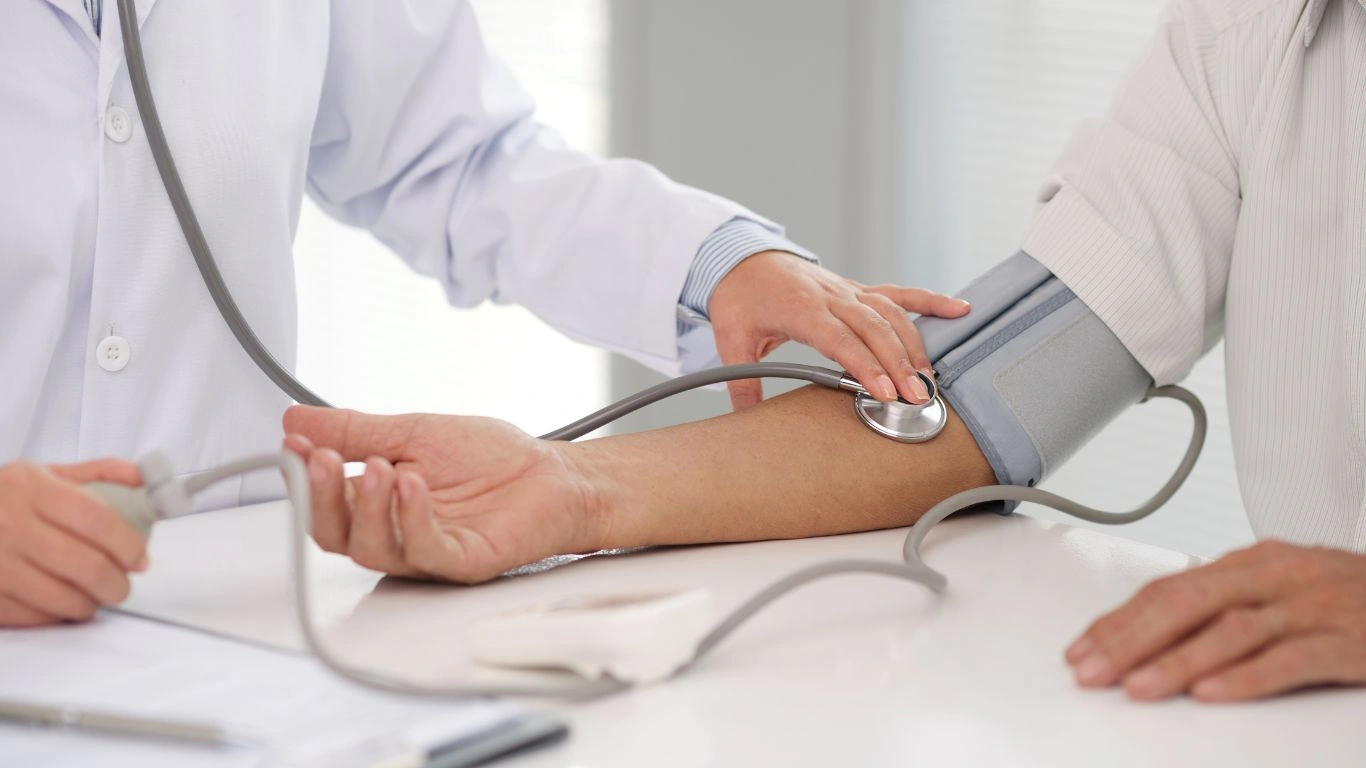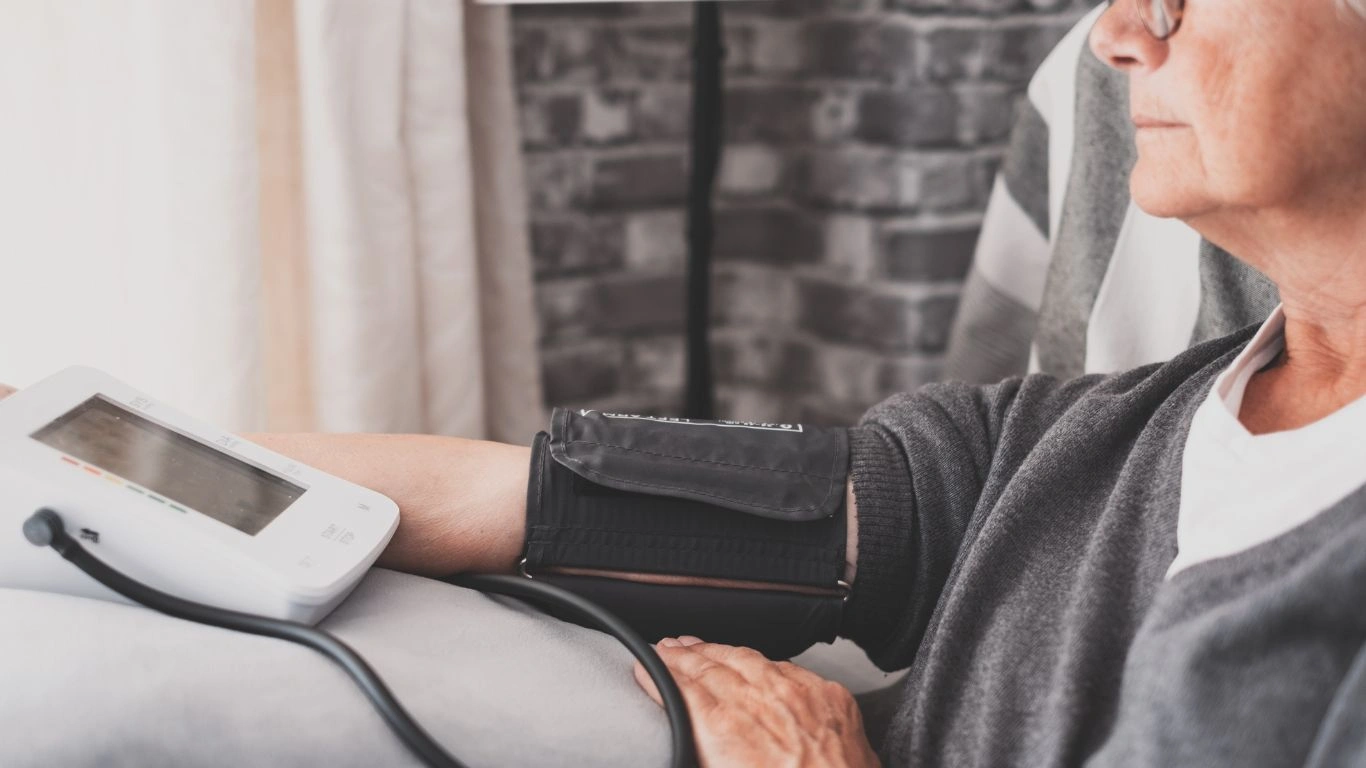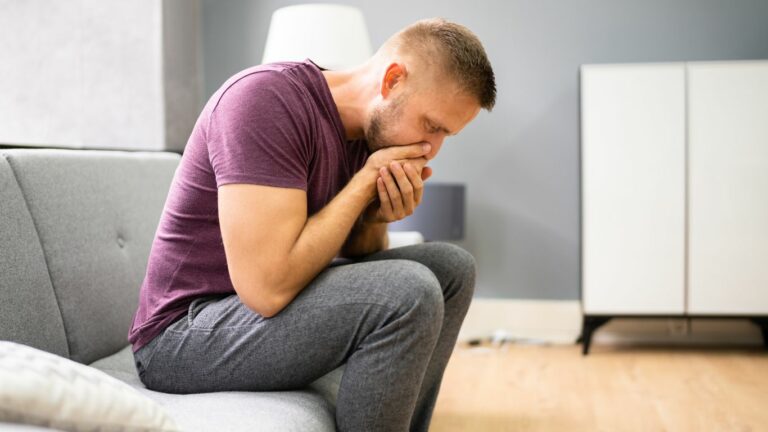Best Exercises to Lower Blood Pressure Fast That Actually Work
If you’ve been told your blood pressure is creeping up—or maybe it’s already up there—you’re probably wondering what you can do about it beyond popping pills. Let’s talk about the best exercises to lower blood pressure fast. This is something I discuss with my patients almost daily in the clinic. Honestly, you’d be surprised how much of an impact the right kind of movement can have. And no, you don’t need to run marathons or take up CrossFit overnight. Small, doable changes add up fast—sometimes faster than you think.
Why Exercise Works So Well for Hypertension

There’s a reason why physical activity is one of the first things we recommend after a diagnosis of high blood pressure. When you move your body, you’re essentially training your heart to work more efficiently. That means it doesn’t have to pump as hard to get blood to the rest of your body. Less force, less pressure. Simple, right?
From a physiology standpoint, exercise increases nitric oxide production, which helps your blood vessels relax and expand. I usually tell patients: “It’s like opening up the freeway during rush hour—more space, less pressure.” Plus, regular movement reduces stress hormones like cortisol, which love to wreak havoc on your blood pressure if left unchecked.
Personal Note from My Practice
I once had a patient in her late 50s—borderline Stage 2 hypertension. She wasn’t into gyms or jogging, so we started simple: brisk walking for 20 minutes a day. Within six weeks, her systolic pressure dropped by almost 15 points. No meds, just movement. That’s the kind of transformation that sticks with you as a physician.
The Best Exercises to Lower Blood Pressure Fast

1. Brisk Walking
Don’t underestimate the power of a solid walk. I recommend at least 30 minutes a day, five times a week. Walk like you’re late to a meeting—that pace actually counts as moderate-intensity. Studies show it can drop both systolic and diastolic readings significantly, especially if you’re consistent.
- Targets heart health without putting stress on joints
- Improves circulation and lowers resting heart rate
- Great option for beginners or anyone with mobility concerns
2. Swimming or Water Aerobics
This one’s a gem, especially for older adults or those with arthritis. Water supports your body weight and takes pressure off your joints, while still providing a full-body cardiovascular workout. In some cases, patients saw reductions of 10–15 mm Hg after consistent sessions.
Pro tip: Try a heated pool if available—it helps with flexibility too.
3. Cycling (Stationary or Outdoor)
Whether it’s a Peloton at home or a ride through the park, cycling is excellent for boosting heart rate and improving blood flow. It’s low-impact but high-reward. I often recommend this to folks who want to multitask—listen to a podcast, cycle for 20–30 minutes, and knock out two birds with one ride.
Exercise Timing: When You Move Matters Too

Here’s something not everyone talks about: timing. Exercising in the morning might actually lead to better blood pressure control throughout the day. Some newer research even shows that morning workouts can lead to a bigger drop in systolic readings compared to evening sessions.
That said, I always tell patients to choose a time they’ll stick with. Consistency trumps perfection. If you’re not a morning person, forcing yourself into 6 a.m. jogs will probably backfire. Find your rhythm.
Best Tip I Give My Patients
Mix it up. A weekly blend of cardio, light resistance training, and flexibility work covers all your bases. Think of it like a blood pressure-lowering cocktail, minus the alcohol.
- 2–3 days of brisk walking or light jogging
- 1–2 days of strength work (bodyweight or resistance bands work fine!)
- Stretching or yoga sprinkled in 2–3 times a week
It’s less about perfection and more about showing up regularly. You don’t need to train like an Olympian. You just need to move with purpose—and a bit of frequency.
But Wait—What If You Have Limitations?
Not everyone can jump into exercise full speed, and that’s totally okay. Chronic joint pain, balance issues, or even just feeling overwhelmed are all valid hurdles. But that doesn’t mean you’re out of options.
Chair Exercises or Seated Workouts
Chair-based routines are a game-changer for those with mobility limitations. From seated leg lifts to resistance band pulls, they still engage your cardiovascular system enough to help reduce blood pressure.
Gentle Yoga or Tai Chi
Slow movement doesn’t mean low impact. Both of these practices can help lower your heart rate, reduce stress, and improve circulation. I’ve had patients lower their blood pressure by simply showing up to a local Tai Chi group three times a week. Plus, the mindfulness aspect helps with anxiety-driven spikes in BP.
How Resistance Training Can Support Blood Pressure Goals

Let’s bust a myth real quick—strength training doesn’t spike blood pressure long-term. A lot of folks still think lifting weights is a no-go if you have hypertension, but that’s just outdated info. In fact, incorporating light to moderate resistance workouts can actually help lower your baseline numbers.
What’s happening here is that over time, your muscles require less oxygen to function because they become more efficient. That means your heart doesn’t have to work as hard, which = less pressure in the pipes. I usually recommend starting with bodyweight movements—things like squats, wall push-ups, or even resistance band curls. You don’t need a fancy gym setup to make this work.
Some beginner-friendly resistance exercises:
- Wall sits (start with 15–30 seconds)
- Chair squats (great for joint support)
- Resistance band rows or bicep curls
- Modified planks (on knees or elevated)
And don’t worry if you’re not “a gym person.” A few sets, a couple times per week, can seriously move the needle—literally. One of my older patients actually told me her home routine using soup cans as dumbbells became her “blood pressure therapy.” And guess what? Her readings dropped 12 points in two months.
Why Flexibility and Balance Matter More Than You Think

Now, flexibility and balance training might not seem like key players in the game of lowering blood pressure—but they absolutely deserve a spot on your weekly schedule. Think of them as the support staff that keeps your body injury-free and ready for the good stuff like walking and cardio.
Plus, activities like yoga and stretching often come with built-in breathing and mindfulness techniques, which help regulate your nervous system. And as any doc who treats hypertension will tell you, that parasympathetic calm is golden.
Try this basic 10-minute routine:
- Neck rolls and shoulder shrugs to release tension
- Standing hamstring stretch (hold for 20–30 seconds)
- Seated spinal twist to improve circulation
- Cat-Cow pose (gentle spinal flow to calm the nervous system)
- Deep breathing: inhale for 4, exhale for 6, repeat 5 times
In fact, I had one patient who began attending a gentle yoga class at her community center twice a week. She told me it was the first time in years she felt like she could really breathe again—and her blood pressure dropped from 148/92 to 130/84 within two months. I didn’t even need to prescribe meds.
Tracking Progress Without Obsessing

Okay, real talk—tracking your progress can be helpful, but please don’t turn it into an obsession. I always tell my patients, “Data is a tool, not a ruler to beat yourself with.”
If you’re starting a new fitness routine to lower your blood pressure, consider keeping a simple log. Doesn’t have to be fancy. Just jot down:
- What exercise you did
- How long you did it
- How you felt before and after
- Your BP if you’re checking regularly (no more than 1–2x per day)
Over time, you’ll start seeing patterns. Maybe your numbers drop more after morning walks. Maybe resistance training helps your mood more than yoga. Use that insight to shape a routine that fits you—not some one-size-fits-all approach.
When to Check Blood Pressure Around Workouts
This is a common question I get: “When should I check my BP if I’m exercising more?” Best practice? Check it before your workout and then again an hour or two after. Avoid checking it right after finishing because it might still be temporarily elevated from activity.
If you’re seeing consistent drops over time, you’re on the right track. But don’t stress over individual numbers—it’s the trend that matters most. Blood pressure naturally fluctuates during the day.
Sticking With It: Make Movement a Habit, Not a Hassle
This part’s huge. Even the best exercises to lower blood pressure fast won’t work if you can’t stick with them. So here’s the trick: make it convenient and fun. I’ve had patients tell me they only stick with walking because they listen to murder mystery podcasts, or only do their bike rides while calling a friend on speaker.
Stack your new habit onto something you already do—maybe you take a walk right after coffee in the morning, or stretch during Netflix time. And if you miss a day or two? Don’t sweat it. What matters is the average over time, not being perfect every day.
Simple ways to sneak in more movement:
- Park a little farther from the store entrance
- Take a walking meeting instead of sitting
- Do calf raises while brushing your teeth
- Dance in your kitchen while cooking dinner (yes, seriously!)
The more movement you can naturally weave into your day, the better your results—and the less it’ll feel like a chore.
And here’s a little personal touch: I’ve made it a point to walk my dog right after dinner every evening. It’s only 20 minutes, but it’s helped me clear my head after work and keep my own BP in a healthy range. We all need our strategies—and this one’s mine.
How Stress and Sleep Tie Into Exercise and Blood Pressure

So far, we’ve talked a lot about movement—and rightfully so—but here’s the truth: even the best exercises to lower blood pressure fast won’t work their magic if stress and sleep are out of whack. I see this every day in my practice. A patient can be walking 40 minutes a day, eating decently, and still have high readings… all because their nervous system is constantly in fight-or-flight mode or they’re running on four hours of sleep.
Let’s be real—stress is part of life. But chronic stress is like having your foot partially pressing on the gas pedal 24/7. Over time, that ramps up your blood pressure, even when you’re doing other things right. Exercise helps here, but pairing it with other lifestyle shifts makes a world of difference.
Integrating stress relief into movement
I often recommend pairing physical activity with calming practices. For example:
- Walking outside without your phone (nature therapy is a thing)
- Doing yoga with a focus on breath—not just poses
- Stretching to music that calms you down after a stressful day
Even just 5–10 minutes of daily intentional breathing or mindfulness after your workout can help reinforce the blood pressure-lowering effects of exercise.
Don’t underestimate the power of sleep
Poor sleep raises cortisol and messes with blood pressure regulation. I’ve seen patients who fix their sleep hygiene and drop 10–12 mm Hg in a matter of weeks. Combine that with regular physical activity, and boom—you’ve got a double win.
What NOT to Do When Exercising for Blood Pressure

Alright, now let’s talk about the flipside—what to watch out for. Some common exercise mistakes can backfire if you’re managing hypertension. Here’s what I usually flag for my patients:
1. Holding your breath during resistance training
This one’s sneaky. It’s called the Valsalva maneuver, and it can spike your blood pressure mid-lift. Always remember to breathe out during the “work” phase—like when you’re pushing up from a squat or lifting a weight overhead.
2. Overtraining or skipping rest days
More isn’t always better. Too much exercise, especially without proper recovery, can increase stress hormones and counteract progress. Listen to your body, take rest days, and focus on smart training, not just hard training.
3. Ignoring symptoms
If you’re feeling lightheaded, overly fatigued, or have chest discomfort during workouts—pause and get evaluated. Hypertension doesn’t always follow a textbook script, and it’s always better to play it safe.
How to Build a Personalized Exercise Plan for Hypertension
If you’re overwhelmed by all this, I get it. But creating a routine doesn’t have to be complicated. I help patients build their plans around three pillars: Enjoyment, Consistency, and Flexibility.
Ask yourself:
- What type of movement do I actually enjoy?
- When in the day do I have energy and time?
- How can I make this sustainable—not just for 2 weeks, but long term?
Then use that info to create your weekly movement “menu.” Maybe it’s:
- 30 minutes of walking Mon/Wed/Fri
- Yoga or stretching Tue/Thur
- Light resistance training on Saturday
That’s enough to make real changes. I’ve seen this exact type of setup lower blood pressure into normal range within 6–8 weeks, especially when paired with dietary improvements and good sleep.
Accountability matters too
If you can, get a buddy. Whether it’s a spouse, friend, or online group, having someone else to move with can make a massive difference in consistency. I’ve even had patients create walking clubs in their neighborhoods. The social element adds support and keeps you coming back—even on days you’re “not feeling it.”
Final Thoughts from a Doctor Who’s Seen It Work
Look, I’ve been in Internal Medicine long enough to see what works, what doesn’t, and what sticks. And here’s what I can tell you for sure: the best exercises to lower blood pressure fast aren’t the fanciest or most intense ones. They’re the ones you can stick with, week after week, with a little joy and a little sweat.
Movement isn’t a punishment—it’s a tool, a medicine, and for many of my patients, a lifeline. When you find a rhythm that works for you, that fits your lifestyle and health level, you’ll not only see numbers improve—you’ll feel more in control again.
References
- National Institutes of Health
- American Heart Association
- Health.com
- Centers for Disease Control and Prevention
Disclaimer
This article is for informational purposes only and is not intended to substitute professional medical advice, diagnosis, or treatment. Always consult your physician or qualified healthcare provider before starting any exercise program, especially if you have existing health conditions or are taking medication for blood pressure management.

Dr. Gwenna Aazee is a board-certified Internal Medicine Physician with a special focus on hypertension management, chronic disease prevention, and patient education. With years of experience in both clinical practice and medical writing, she’s passionate about turning evidence-based medicine into accessible, actionable advice. Through her work at Healthusias.com, Dr. Aazee empowers readers to take charge of their health with confidence and clarity. Off the clock, she enjoys deep dives into nutrition research, long walks with her rescue pup, and simplifying medical jargon one article at a time.






